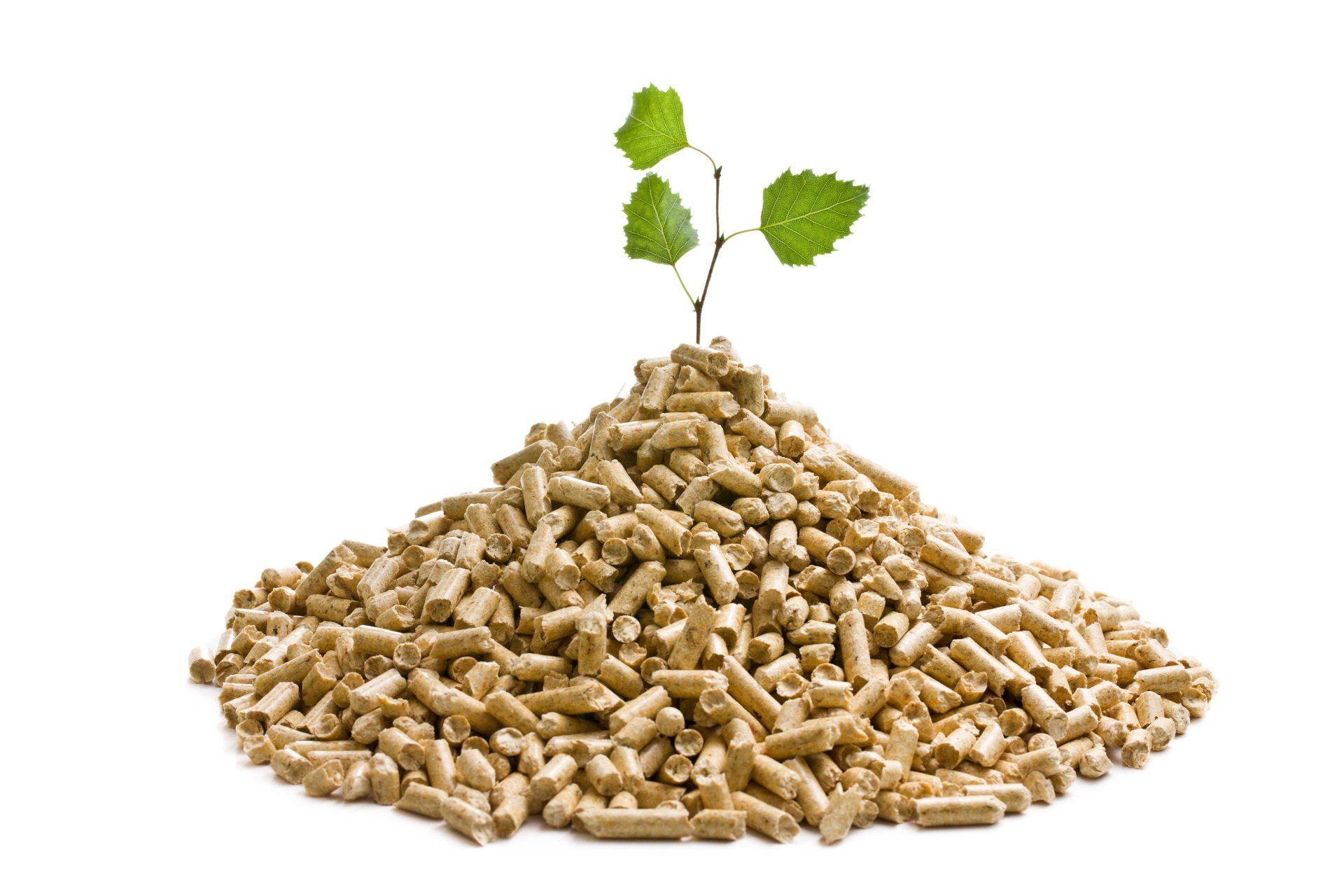Cleaning Your Air Flow On Your Pellet Stove To Prevent Blockages
Tips On Cleaning Air Flow On Pellets Stoves

Taking Preventative Steps to Keep Your Air Flow Free From Obstruction
The ventilation and burn quality of your pellet stove can both be impacted by a significant accumulation of snow. An air intake and exhaust system powers wood pellet stoves. The pellets cannot be burned properly if there is an obstruction in this system. In contrast to wood stoves, pellet stove venting can be horizontal, vertical, or a combination of both.
One configuration for a pellet stove's burn exhaust is to run it horizontally and directly through an exterior wall. The external vent enables adequate exhaust ventilation and stove air movement. Your stove's ability to start and/or keep burning efficiently may be hampered if it is obscured by a thick layer of snow. If your wood pellets aren't burning all the way through, this obstruction may be to blame.
Venting through a wall with a vertical rise is comparable. The exhaust is raised higher up the outer wall using vertical piping. There is less chance of snow blockage with this configuration. Strong snow drifts or a lot of snow accumulation, however, might still cause obstruction.
With some variants, pellet stoves may also include exhaust vents that escape through the ceiling. The vent may be blocked if there is a thick accumulation of snow on your roof that hasn't slid off or been pushed off. Whatever method your stove uses to exhaust, make sure to check for obstruction.
Bringing up snow; We at Pellets Now are assisting dealers in preparing for the winter by assisting their customers. See how we can keep you stocked up on all your pellet needs to ensure that you are prepared for the long winter months.







